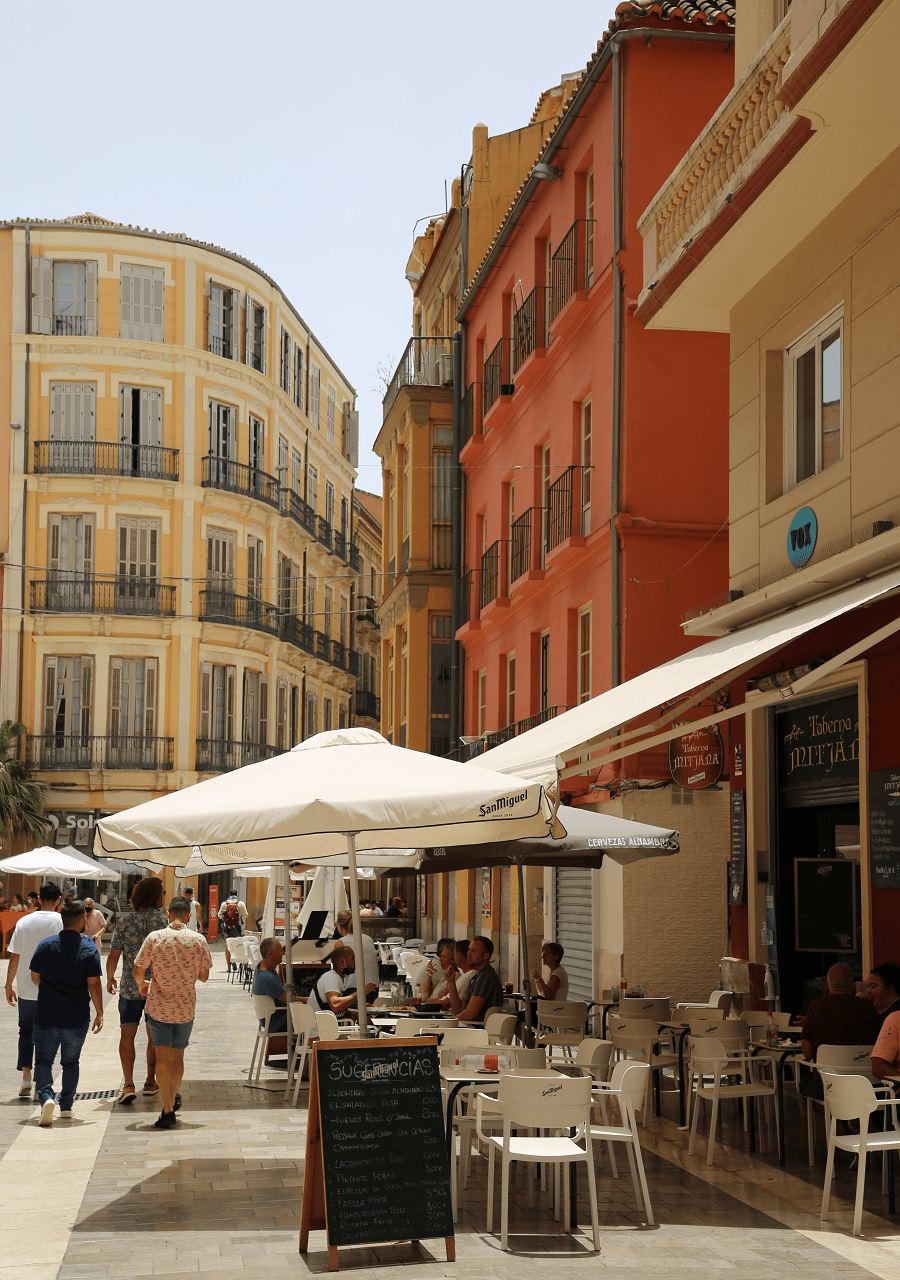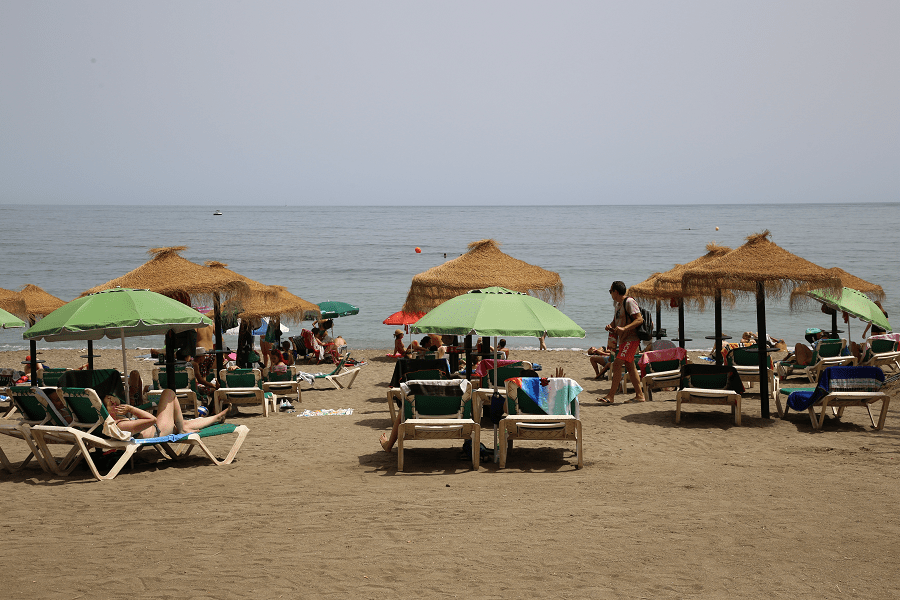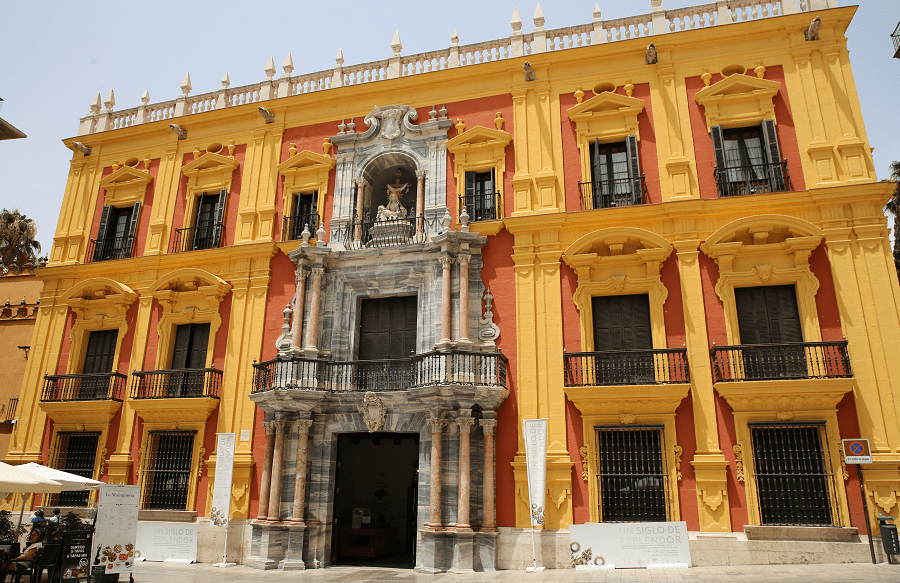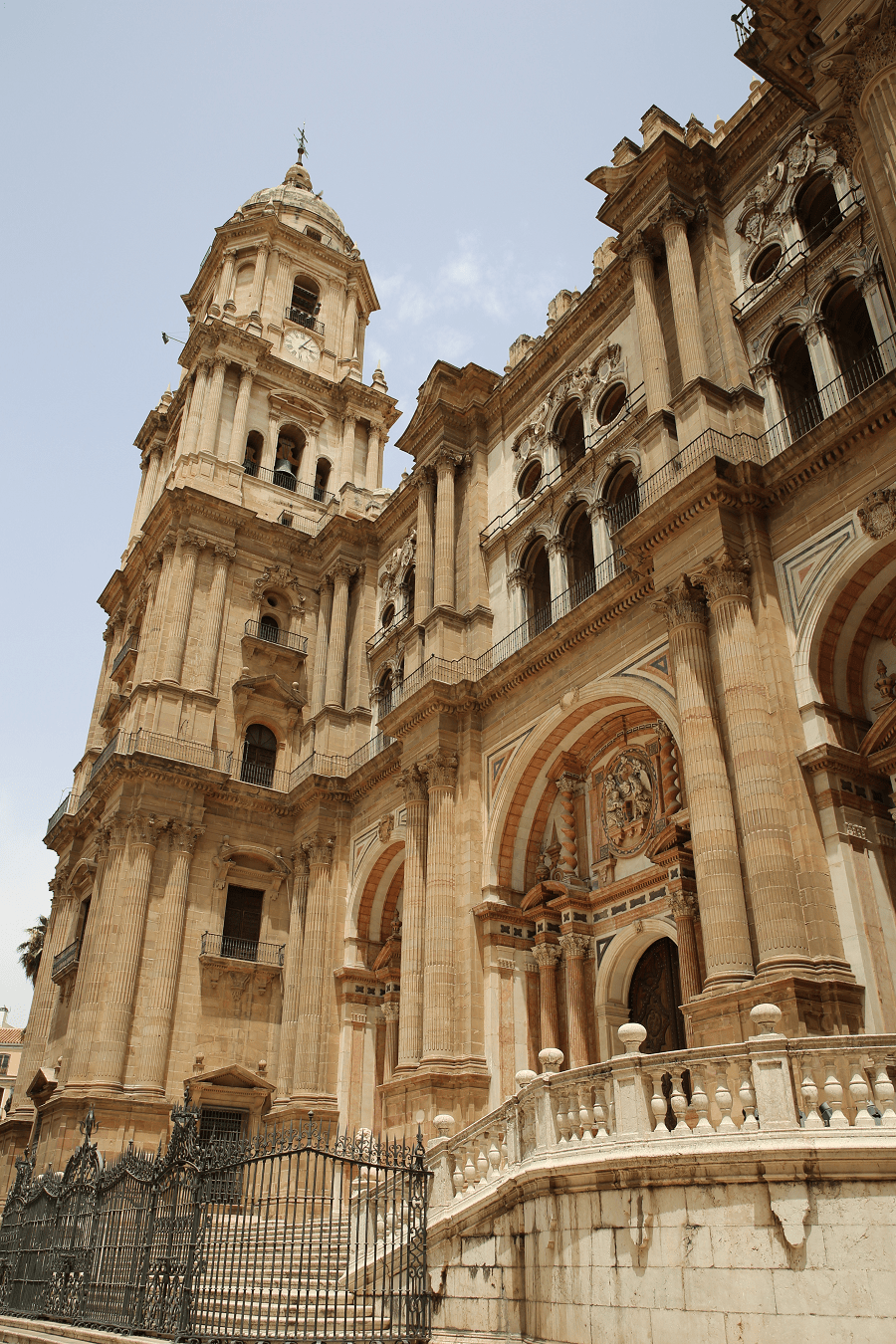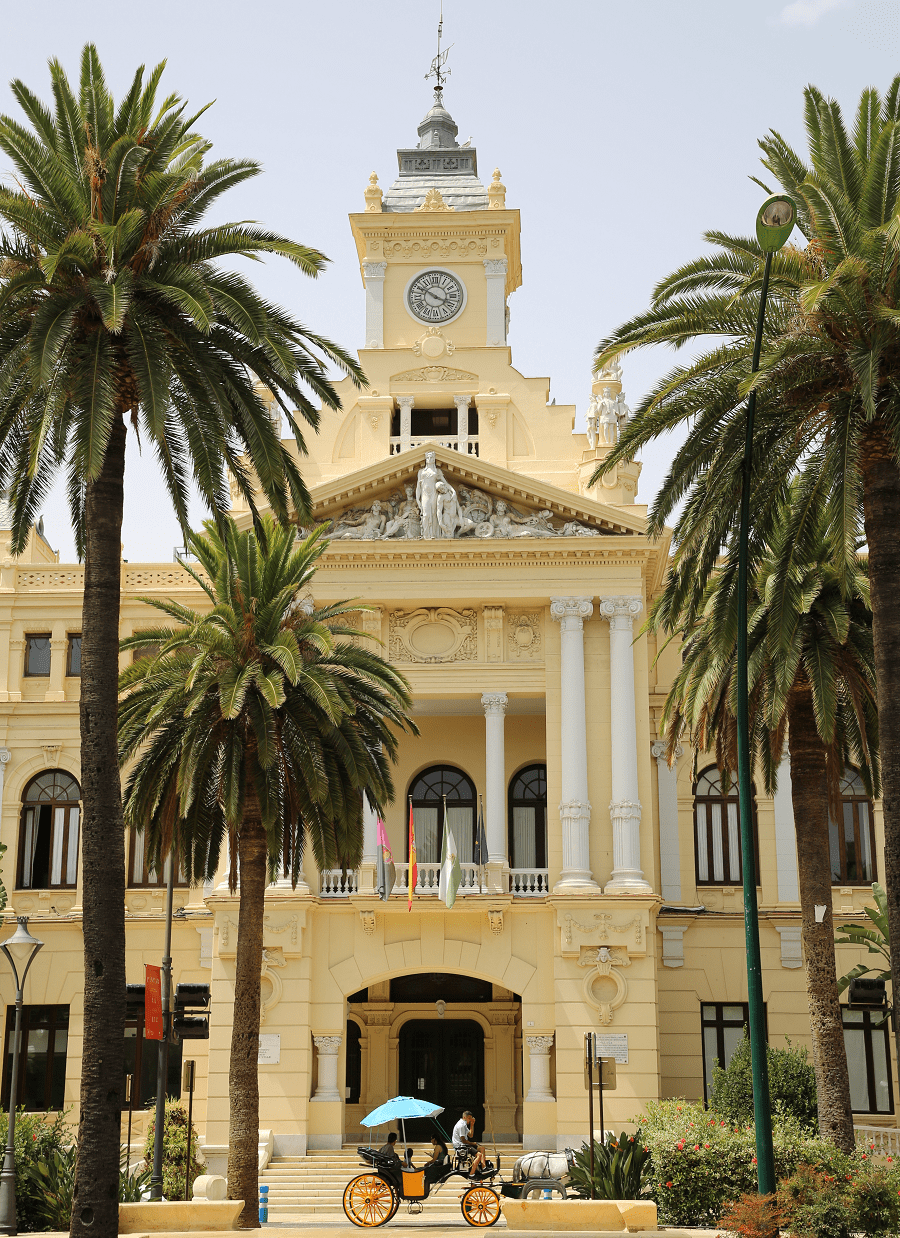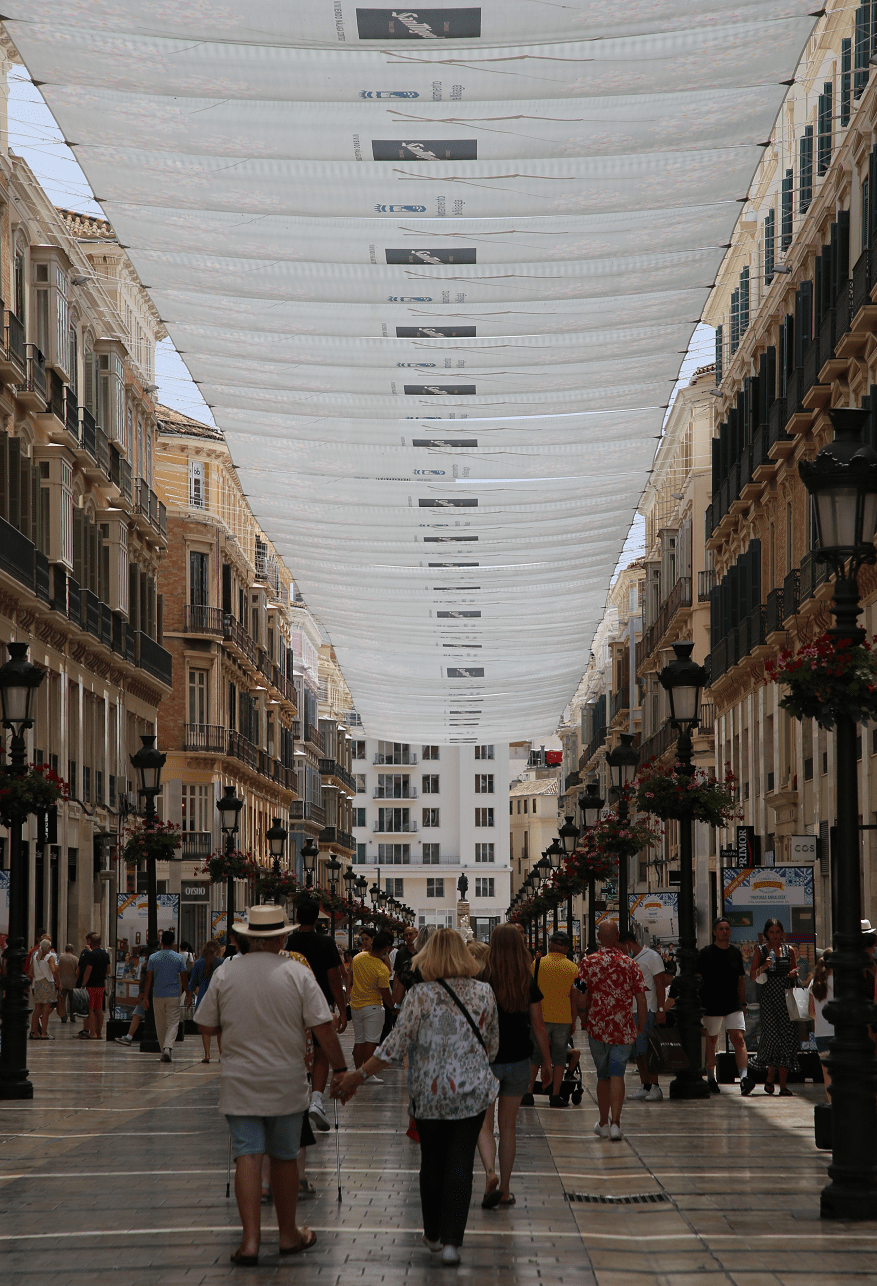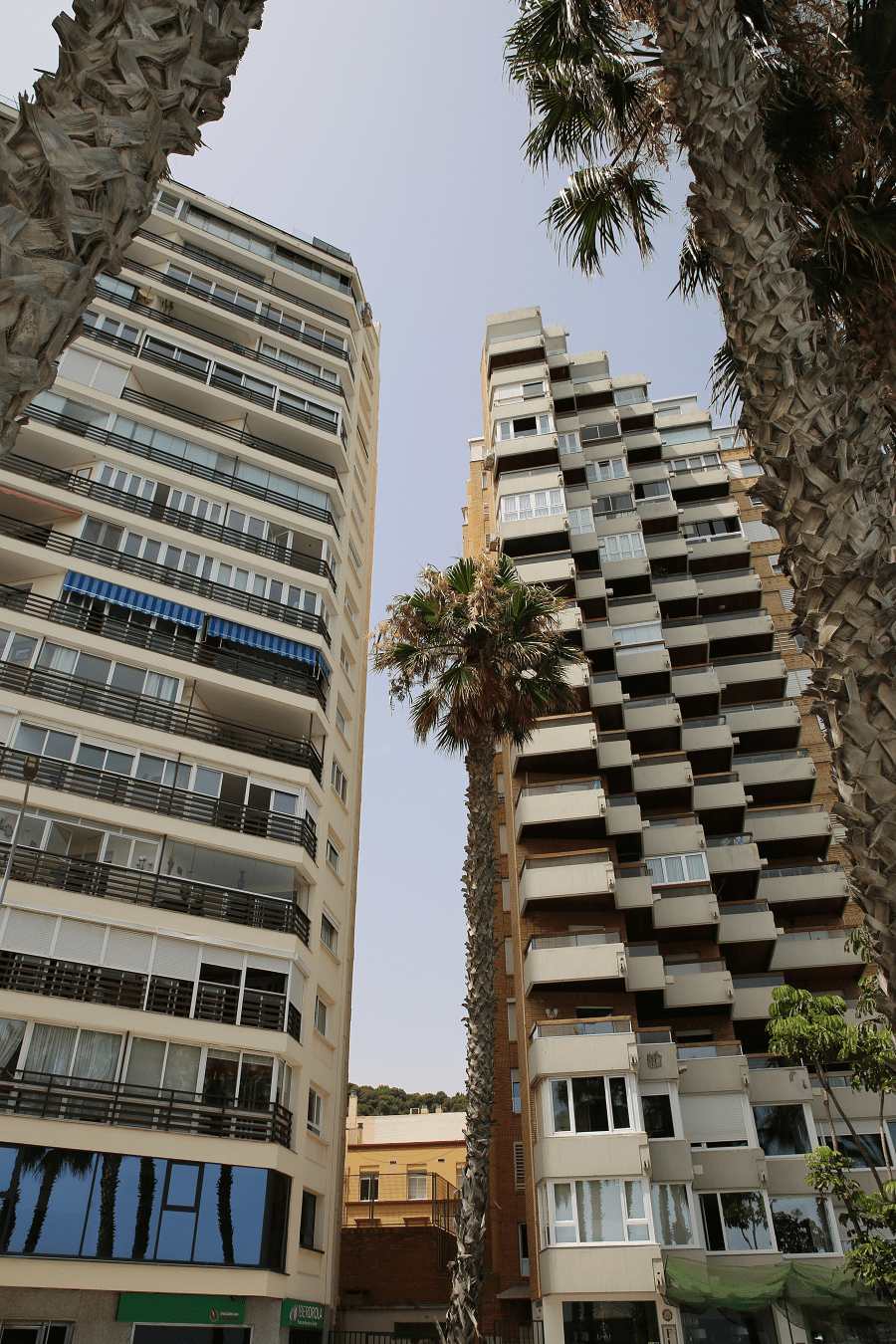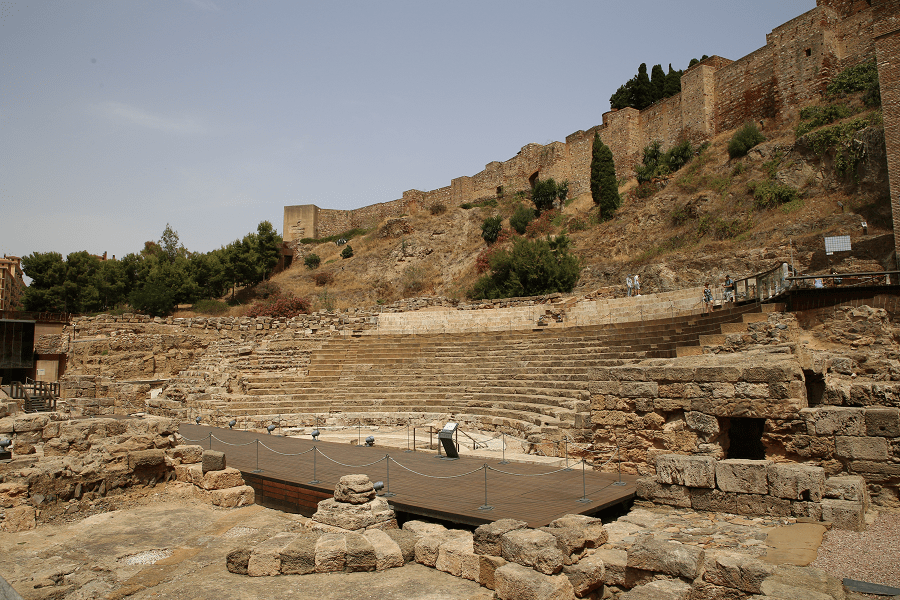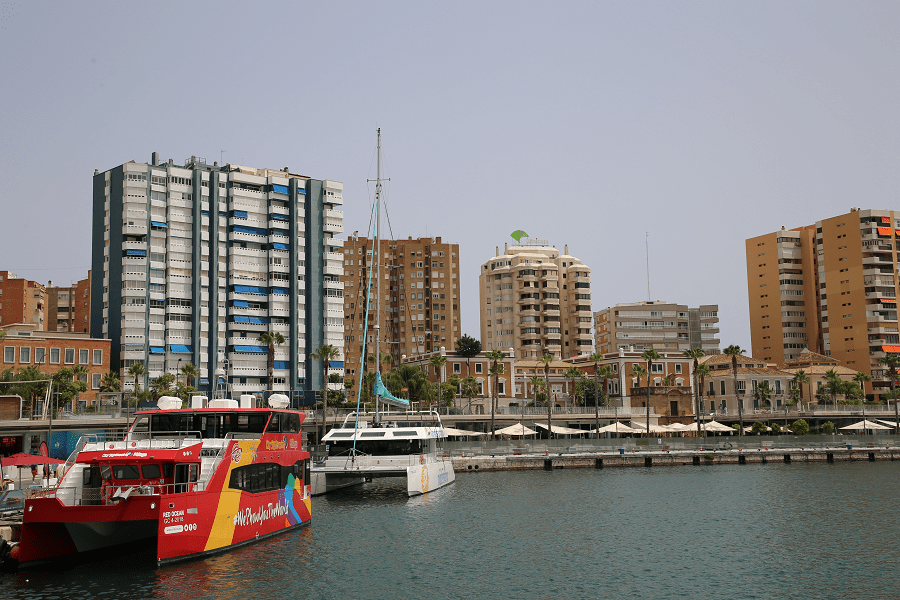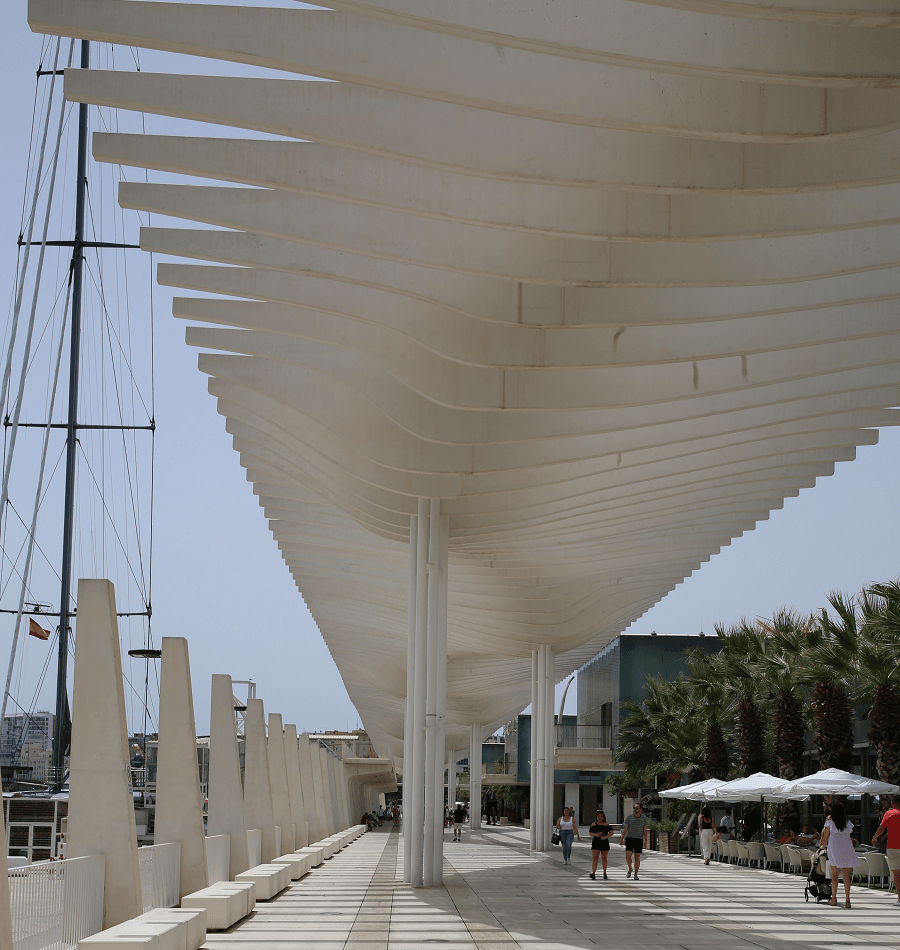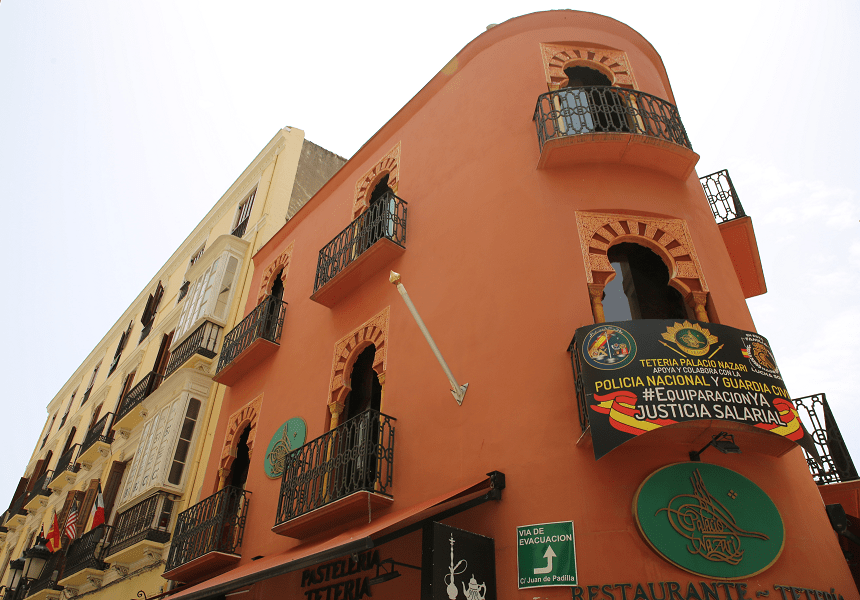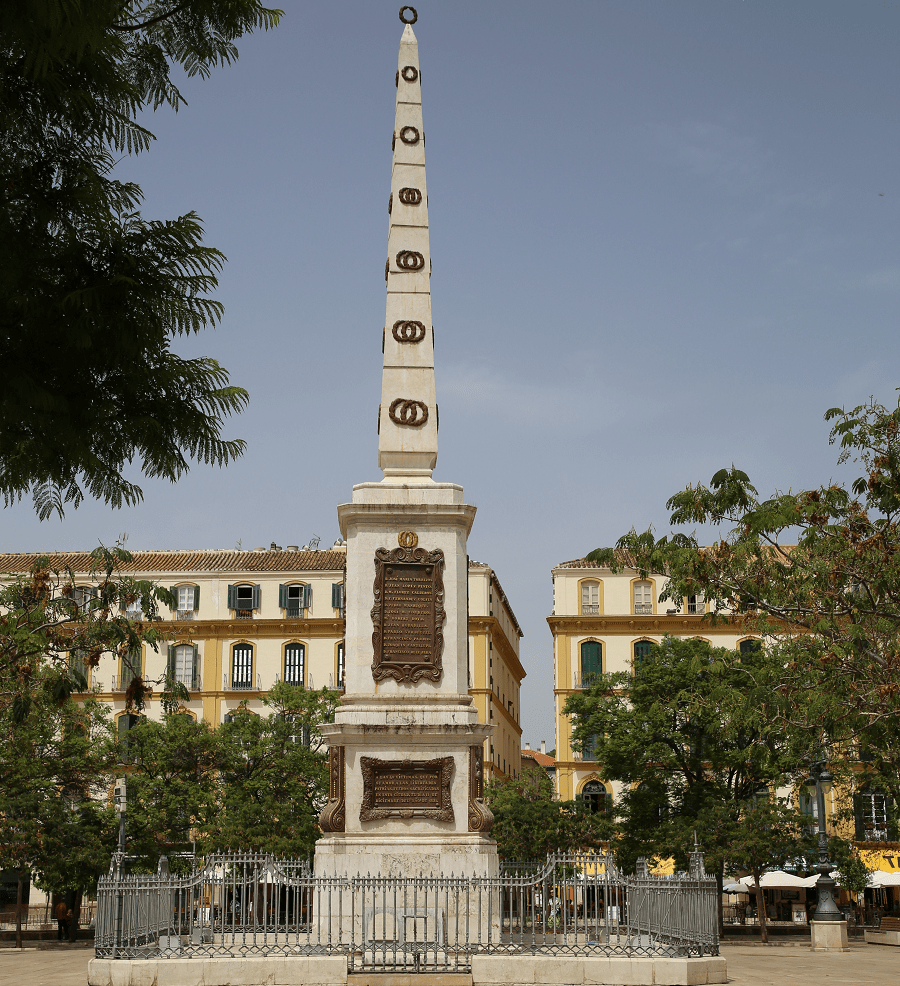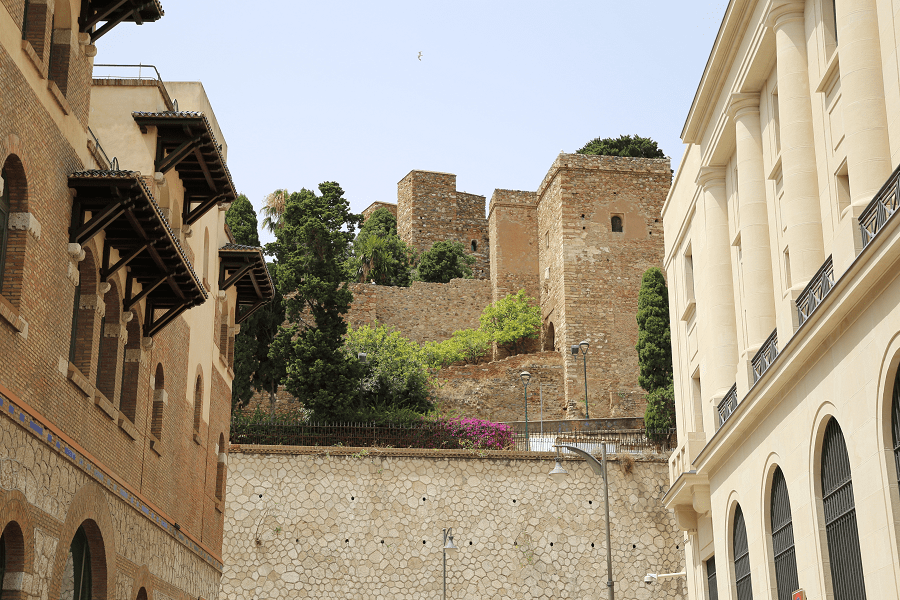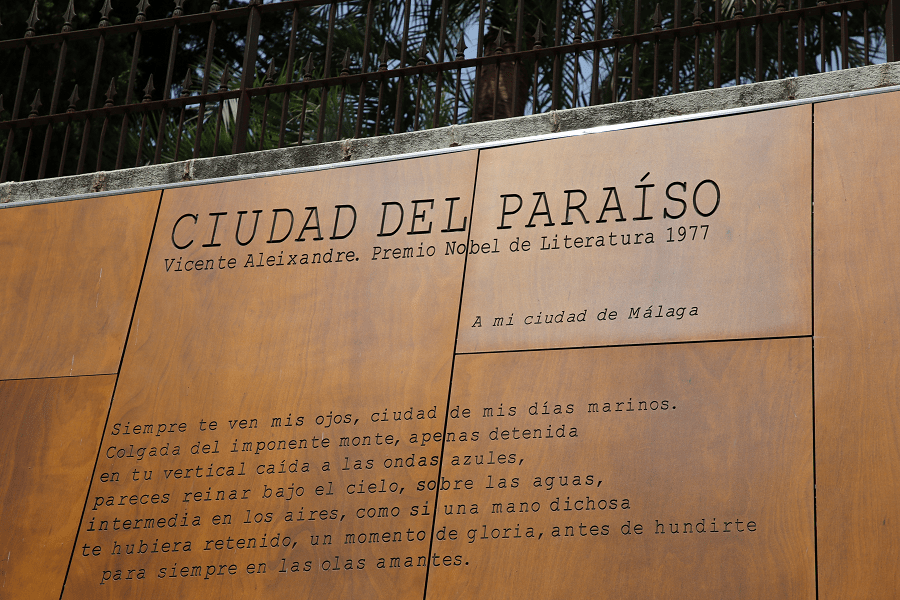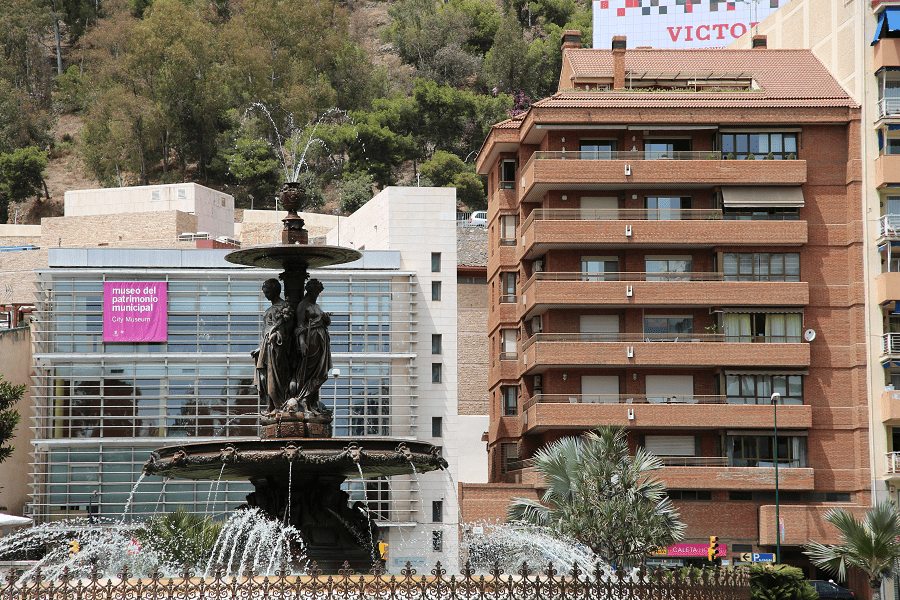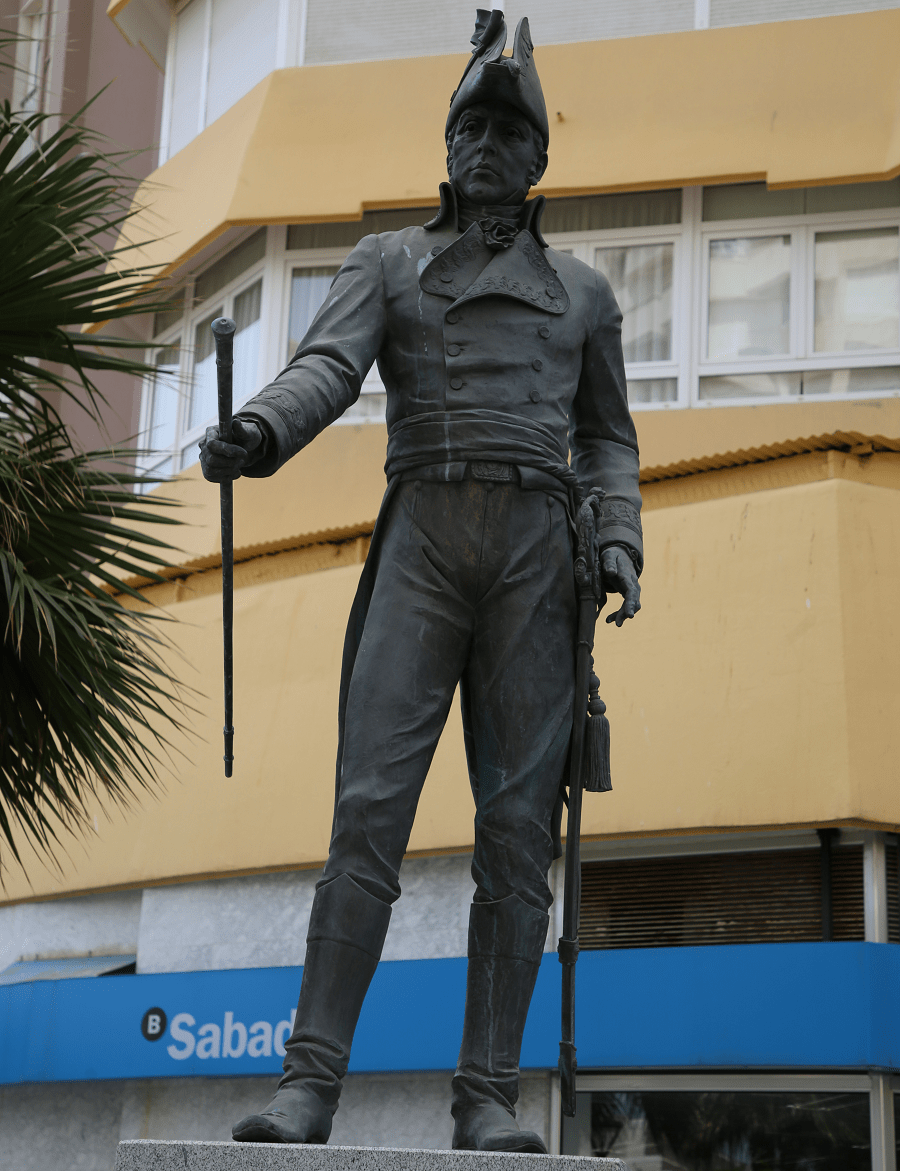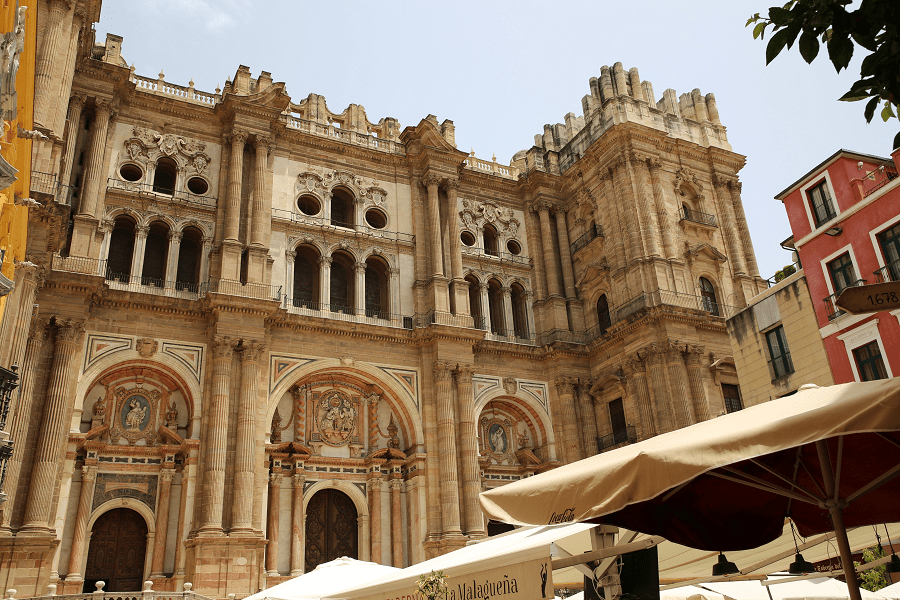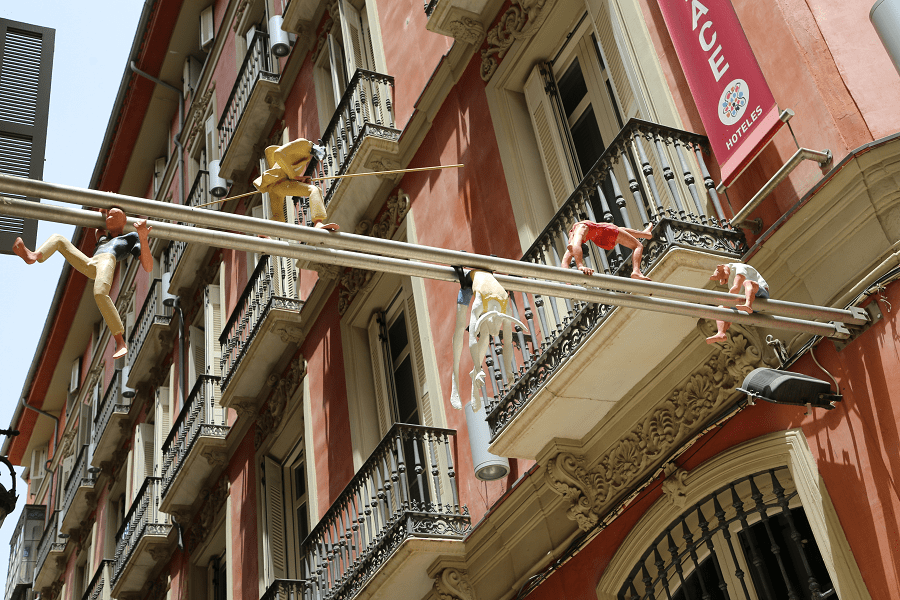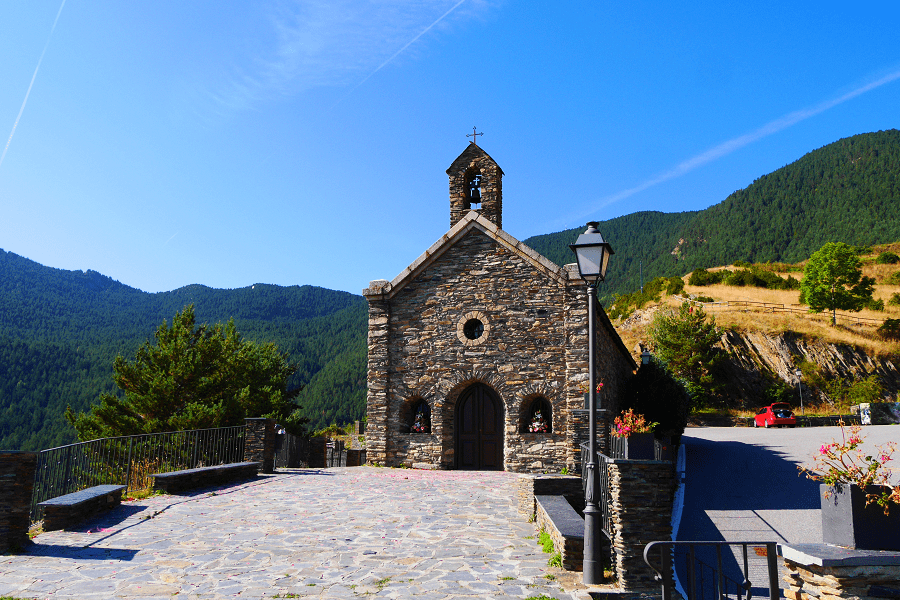Malaga is a city and municipality in Spain, capital of the homonymous province, in Andalusia, in the south of the country.
With a population of 578,460 inhabitants as of January 1, 2020, it is the second most populated city in Andalusia and the sixth in Spain.
It is located at the western end of the Mediterranean Sea and in the south of the Iberian Peninsula, about 100 km east of the Strait of Gibraltar. Its municipal term occupies an area of 398.25 km² that extend over the mountains of Malaga and the Guadalhorce valley. It is located in the center of a bay surrounded by mountain ranges. The rivers Guadalmedina and Guadalhorce cross it.
It’s a popular part of the Costa del Sol of the Mediterranean resorts of Spain.
Founded by the Phoenicians in the 8th century BC. C., is one of the oldest cities in Europe. During the nineteenth century it experienced a remarkable industrial and revolutionary activity so it was ranked as the first industrial city in Spain.
Today it is the fourth-ranking city in Spain in terms of economic activity behind Madrid, Barcelona and Valencia. After the tourist boom of the 1960s and 1970s, it currently constitutes a notable entertainment, economic, cultural and communication hub on the Mediterranean coast.
Tourism and main attractions
Malaga has been declared a Historic Site, due to the set of historical elements located in the same city: Phoenicians, Punics, Romans and Arabs are concentrated in the historical center of the city, highlighting: Roman Theater, the Alcazaba, the Cathedral.
Some of its main monuments are located on Mount Gibralfaro and its surroundings. The castle that crowns the mountain is preserved from the Muslim era, built during the 14th century by Yusuf I on a previous enclosure of Phoenician origin that also contained a lighthouse that gives the hill its name (‘lighthouse mount’). At the foot of Gibralfaro is the Alcazaba, a palatial fortification from the Muslim period, and on the northern side of the Alcazaba slope, the Roman Theater, built at the beginning of the first century in the time of Emperor Augustus.
After the Christian arrival in the city, the Cathedral of the Incarnation was built, in a mainly Renaissance style, but with Baroque elements; After two centuries of work, its construction was interrupted and the lack of one of its towers has earned it the nickname “La Manquita – One armed” Among its most valuable elements, the choir stalls, the work of Pedro de Mena, stand out. Next to the cathedral is the Episcopal Palace, a classicist baroque building with an elaborate portal-altarpiece.
The Alameda Principal, the main artery of the historic center and was configured during the 18th century. It has several points of interest such as the Antigua Casa de Guardia tavern, an establishment with a century and a half of history where typical Malaga wines are served, the Edipsa building or the house where the Danish writer Hans Christian Andersen stayed during his visit to the city.
Marqués de Larios Street is a road opened in 1891 originally created to communicate the Plaza Mayor (today Plaza de la Constitución) with the Port of Malaga. Flanked by a series of buildings in style inspired by the Chicago School, it is the scene of the main events of the city.
The center has two spaces dedicated to Pablo Picasso: Picasso’s Birthplace, located in the Plaza de la Merced, which houses the foundation of the same name and where objects from his childhood are preserved, and one of the three museums on the artist, the Museo Picasso Málaga. In addition, in the historic center and its surroundings are located some of the fountains of Málaga as well as modern sculptures, such as Points of view.
Between the Plaza de la Merced and the Plaza de la Aduana is Alcazabilla Street which concentrates the Palacio de la Aduana, the access to the Alcazaba, the Roman Theater, part of the city’s Jewish quarter, the tree-lined garden behind the Picasso Museum and the Palace of the Counts of Buenavista, whose basement contains remains of the ancient Phoenician wall of the city.
In Malaga apart from the Cathedral there are examples of religious architecture of various styles. The oldest that are preserved after the capture of the city by the Catholic Monarchs in 1487: the church of San Juan, that of the Martyrs, that of Santiago and that of San Lázaro. All four have a Gothic-Mudejar style, the oldest being that of Santiago, founded in 1490 on an old mosque.
Next to the cathedral is the church of El Sagrario, with Gothic-Elizabethan elements, built in the 16th century.
The church of San Julián dates from the 17th century, which has its origin in the old Hospital de la Caridad and the church of Santo Cristo de la Salud, currently being the headquarters of the Association of Holy Week Brotherhoods, the Historical Archive and the Museum of the Brotherhoods.
From the architect José Martín de Aldehuela, two temples of neoclassical design stand out: the church of San Felipe Neri and the church of the convent of San Agustín, both from the 18th century. Also in this century, the construction of the Basilica de la Victoria was completed, of which the set of the camarín tower and the pantheon of the counts of Buenavista stand out.
Other notable religious buildings are: the hermitage of Zamarrilla, the baroque Chapel of Water, the convent of La Trinidad, the Diocesan Seminary of Malaga, the Trinitarian church of San Pablo, neo-Gothic, the Abbey of Santa Ana, the work of Gerónimo Cuervo, the Iglesia del Sagrado Corazón, and four other churches located in the El Perchel neighborhood: the Basilica de la Esperanza, the Santo Domingo church, the Carmen church and the San Pedro church.
Of the civil architectural heritage of Malaga, the number of works carried out at the end of the 19th century and the beginning of the 20th are notable. Among the buildings from this period are the Almacenes Félix Sáenz, the Mercado de Atarazanas, the Mercado de Salamanca, the Palacio de Miramar, the Palacio de la Tinta, the La Malagueta bullring, the Colegio del Mapa, the Junta de Obras del Puerto and La Tabacalera, among many others. All of them use the stylistic language of the time, sometimes mixing modernist, historicist and regionalist elements at the same time.
The residential walks in the eastern area are where most of the well-to-do classes in Malaga have their place of residence, such as Villa Sweden, La Bouganvillea, Villa Cele María and Villa Fernanda, among others.
Before the 19th century, they are the Casa Palacio de Salinas, of Muslim origin; the Palacio de Buenavista and the Palacio de Villalón, both from the 16th century; the Palace of Zea-Salvatierra, from the 17th century; the Palace of the Marqués de la Sonora, the Casa Barroca de las Atarazanas, the Palace of Valdeflores, the House of the Consulate and the Palace of Villalcázar, from the 18th century.
Some structures from the industrial past of the city are still preserved, such as the Antigua Azucarera del Tarajal or the Chimney of the La Misericordia thermal power plant. Notable engineering works include the Aqueduct of San Telmo, the Puente de los Alemanes or La Farola, completed in 1817, being then located at the entrance to the port.
Examples of contemporary architecture are the La Equitativa Building, built in 1956, the old wholesale market that houses the Center for Contemporary Art and the most recent Provincial Cultural Center, Provincial Palace, Urban Environment Observatory, Manuel Altolaguirre Library, Building of Multiple Municipal Services, the Palm Grove of Surprises and the City of Justice.
Also noteworthy are the English Cemetery, in a romantic style, and the neoclassical Cemetery of San Miguel. In these cemeteries rest, among others, Jorge Guillén, Gerald Brenan, Jane Bowles and the architects Fernando Guerrero Strachan and Eduardo Strachan Viana-Cárdenas.
Beaches
The coastline of the municipality of Malaga has 16 beaches of diverse nature. Along the border with Torremolinos are the beaches of San Julián, Guadalmar and Guadalhorce, the latter within the natural setting. In the urban area and west of the port are the beaches of La Misericordia, San Andrés and Huelin.
They are extensive beaches with a high degree of occupancy. On the other side of the port are the beaches: La Malagueta and La Caleta, the former having a blue flag. Further east extend the Baños del Carmen and the beaches of Pedregalejo, El Palo and El Candado. These are urban beaches bounded by U-shaped dikes and fine sand. At the eastern end are the semi-urban beaches of La Araña and Peñón del Cuervo with coves and small rocky cliffs.
Shopping
Calle Larios. When it was built at the end of the 19th century, this was the most elegant street in Spain and it still counts as one of the most exclusive in the country.
Calle Nueva. Parallel to Calle Larios, this narrow pedestrian street has a good mix of stores from international brands to one-off shops only found in Malaga.
Calle Especería/ Cisneros. Perpendicular to Calle Larios and Calle Nueva, this street is a treasury of the typical Spanish clothes.
Calle Compañía. To the left of the top of Calle Larios, this long street has a good mixture of independent stores along with bars and cafés.
Calle Andrés Pérez. This narrow street off Plaza de los Mártires has had a complete facelift with brand-new paving. Great for unusual small stores.
Cuisine and best restaurants
The cuisine of Málaga and the wider Costa del Sol is known for its espetos, fish (most often sardines) grilled over open fires in the chiringuitos located near the beaches. The espeto has been proposed as a candidate for designation by UNESCO as an intangible cultural heritage.
There are six Michelin list restaurants in Malaga:
- José Carlos García, Plaza de la Capilla, 100 – 140 EUR • Creative cuisine, Andalusian cuisine (One star)
- Kaleja, Marquesa de Moya 9, 75 EUR • Contemporary cuisine
- La Cosmopolita, José Denís Belgrano 3, 40 – 60 EUR • Market Cuisine
- Figón de Juan, Pasaje Esperanto 1, 33 – 50 EUR • Traditional Cuisine, Mediterranean Cuisine
- Café de París, Vélez-Málaga 8, 28 – 37 EUR • Traditional Cuisine
- TA-KUMI, Mundo Nuevo 4, 35 – 65 EUR • Japanese cuisine
Transport and how to get to?
Málaga Airport, officially Málaga–Costa del Sol Airport since June 2011, is the fourth busiest airport in Spain after Madrid–Barajas, Barcelona and Palma de Mallorca. It is an important airport for Spanish tourism as it is the main international airport serving the Costa del Sol. It is eight km southwest of Málaga and five km north of Torremolinos. The airport has flight connections to over 60 countries worldwide.
The airport operates with three terminals. The third terminal adjacent to the previous two opened on 15 March 2010, and flight operations started on 16 March 2010. A second runway opened at the airport on 26 June 2012.
Málaga Airport is the busiest international airport of Andalucía, accounting for 85 per cent of the region’s non-domestic traffic. It offers a wide variety of international destinations. The airport, connected to the Costa del Sol, has a daily link with twenty cities in Spain and over one hundred cities in Europe. Direct flights also operate to Africa, the Middle East and also to North America in the summer season. Airlines with a base at the airport are Air Europa, Norwegian, Scandinavian Airlines, Ryanair, Vueling and Easyjet which operates a seasonal base.
The Madrid–Málaga high-speed rail line is a standard gauge high-speed rail line of 512 km in length that links the city of Madrid with the city of Málaga. The line was inaugurated on 24 December 2007. At the time the service opened, Renfe Operadora was running 22 trains daily between Madrid and Málaga.
Distance by car to the main cities of Andalusia:
From Seville 2 hr 17 min (205 km) via A-92
From Huelva 3 hr 14 min (303 km) via A-49 and A-92
From Cadiz 2 hr 37 min (234 km) via A-381 and AP-7
From Granada 1 hr 36 min (125 km) via A-92
From Cordoba 1 hr 50 min (160 km) via A-45
From Jaen 2 hr 6 min (202 km) via A-44 and A-92
From Almeria 2 hr 5 min (201 km) via A-7
Main information
Area: 398 km² (municipality)
Coordinates: 36°43′00″N 4°25′00″W
Population: 578 460 (municipality)
Languages: Spanish
Currency: Euro
Visa: Schengen
Time: Central European UTC +1
See here best sea and ocean resorts of France and Spain (223 objects)




